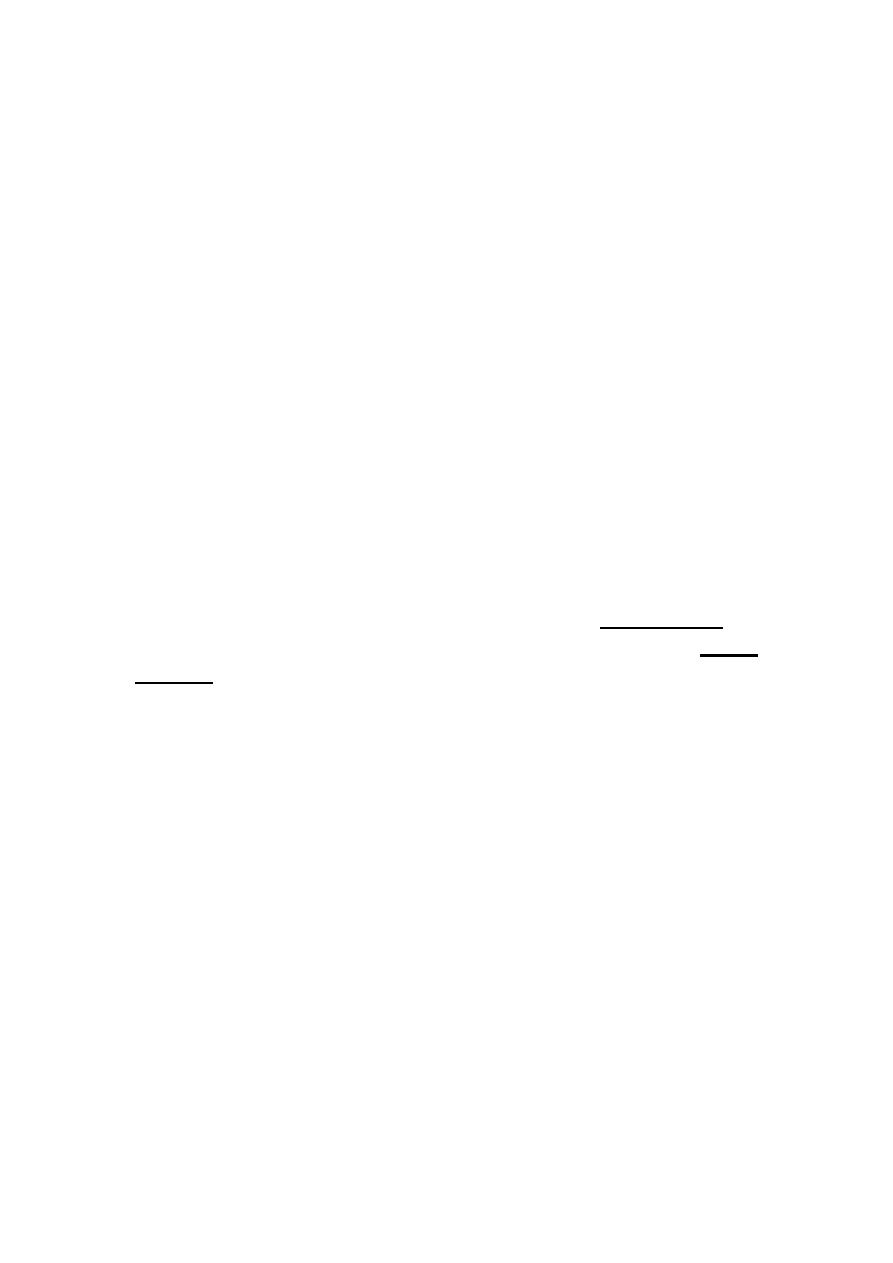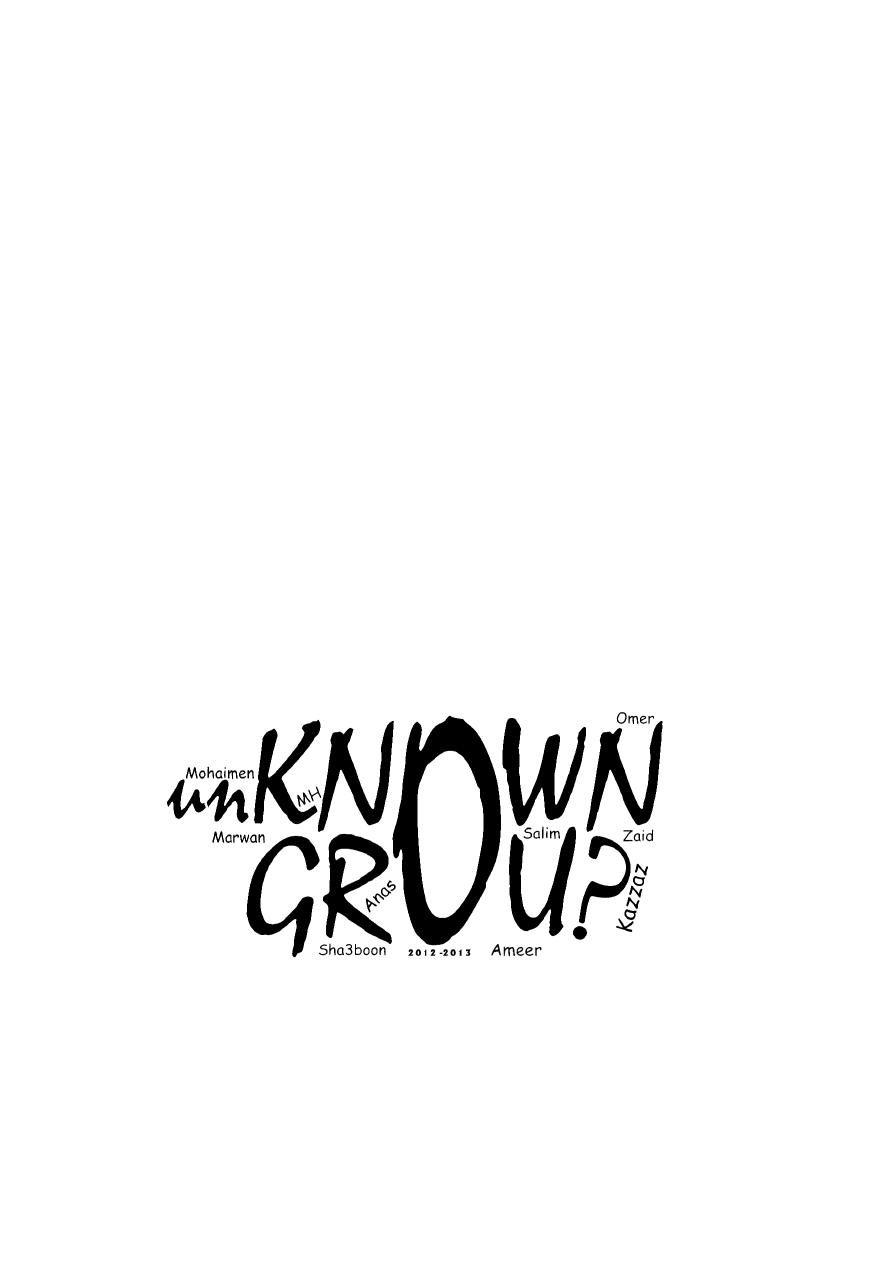
1
Neuro-Anatomy
lec: 3 Prof Dr. Al-Hubaity
Topography of the Brain
The parts of the brain are:-
1. Forebrain: include the 2 cerebral hemisphere and the diencephalon
(thalamus & hypothalamus).
2. Midbrain: traverses the tentorial notch and connects the forebrain
with the hindbrain.
3. Hindbrain: occupying the posterior cranial fossa, it includes the
pons, medulla oblongata and the cerebellum.
If we remove the forebrain and cerebellum, the remaining parts of the
brain is known as the brain stem which include:
The Midbrain
The Pons
The medulla oblongata
The three parts of the brain stem are connected to the cerebellum by 3
pairs of cerebellar peduncles:
1- The midbrain is connected with the cerebellum by superior
cerebellar peduncle.
2- The pons is connected to the cerebellum by the middle cerebellar
peduncle.
3- The medulla oblongata is connected to the cerebellum by inferior
cerebellar peduncle.

2
THE CEREBRUM
Consists of 2 cerebral hemispheres separated from each other by median
longitudinal cerebral fissure (contains the falxcerebri) at the bottom of the
fissure, the 2 hemispheres are connected by the corpus callosum (a kind
of commissural fibers).
Each hemisphere consists of 4 lobes, frontal, parietal, temporal and
occipital lobes with 3 poles (frontal, temporal and occipital poles). Each
hemispheres extends from the frontal bone anteriorly as far as the internal
occipital protuberance posteriorly, where the occipital lobe is separated
from the superior surface of the cerebellum by the tentorium cerebelli.
Each hemisphere consists of an outer layer of gray matter (Cortex) which
isthrown into sulci &gyri to increase the surface area of the cerebrum and
an inner white matter (Medulla) which contain nerve fibers (axons &
dendrites) arranged as fibers of different kinds namely associated,
commissural and projecting fibers with supporting element of
neuroglia.Inside the medulla we can see islands of small mass of gray
matter dispersed inside the white mater known as basal ganglia (or
nuclei), in addition each hemisphere has its own cavity called lateral
ventricle with its four parts anterior horn (for the frontal lobe), body or
central part (for parietal lobe), Posterior horn (for occipital lobe), and
inferior horn (for temporal lobe).
The cortex (gray matter) contains the bodies of the neurons (nerve cells)
and the supporting element of neuroglia.
THE DIENCEPHALON
Is the other part of the forebrain, it is hidden from view (as it is located
inferomedial to the two cerebral hemispheres where it joins them).
The only part of the diencephalon which can be seen is the inferior
surface
of
the
hypothalamus
at
the
base
of
the
brain.
The diencephalon consists of 2 halves, one on each side of the third
ventricle and both halves are connected together across the cavity by
what is called interthalamic connecter.
Each half consists of a superodorsal part known as thalamus (an
important sensory station) and an infero-ventral part hypothalamus.

3
THE THALAMUS
Is related to the 3
rd
ventricle internally (medialy) and to the internal
capsule (laterally). It is an egg shaped mass of gray matter on each side of
the 3
rd
ventricle with a pointed anterior end (related to inter ventricular
foramen) and a broad posterior part known as pulvinar which hides the
superior colliculus of the midbrain.
The thalamus contains 4 geniculate bodies on the dorsal surface of the
thalamus. 2 lateral geniculate bodies (superiorly) being connected to the
superiorcolliculus of the midbrain by the brachium of the superior
colliculus forming part of the visual pathway & 2 medial geniculate
bodies connected to the inferior colliculus by brachium forming part of
the auditory pathway
HYPOTHALAMUS
Is the inferoventral part of diencephalon, is related to the 3
rd
ventricle
internally (medialy) and to the internal capsule laterally. It is connected to
the pituitary gland by the infundibulum or pituitary stalk. The structures
on the inferior surface of the hypothalamus forms the contents of the
interpeduncular fossa these are median eminence, tuber cinerium,
infundibulum (pituitary stalk), mammillary bodies & posterior perforated
substance.
The hypothalamus is an important part for the following activities:
1-
Influences the activity of autonomic nervous system.
2-
Control the endocrine glands via its effect on the pituitary gland.
3-
Regulates the internal homeostasis of the body through 1&2.
4-
Contains the following centers:
A. Thirsty & satiety centers.
B. Hungry center.
C. Sexual activity center.
D. Sleeping center.

4
THE MID BRAIN
It is the first part of the brain stem & descends in front of the tentorial
notch to connect forebrain with the pons. The mid brain is traversed by a
canal known as cerebral aqueduct; this canal connects the third ventricle
above with the 4
th
ventricle below. The canal divides the mid brain into 2
main parts:
1- The part anterior to the canal is the cerebral peduncle which divide
in to 2 named zones by a pigmented band the substantianigra into a
crusscerebri & tegmentum.
2- The part posterior to the canal as tectum or corpora quadrigemina
as it contains 4 dorsal swellings or colliculi, 2 superior colliculus
related to the visual activity and 2 inferior colliculus related to
auditory function.
The occulomotor nerve emerges from the front of the mid brain, while the
trochlear nerve emerges from the back of the mid brainjust below the
inferior colliculus.
